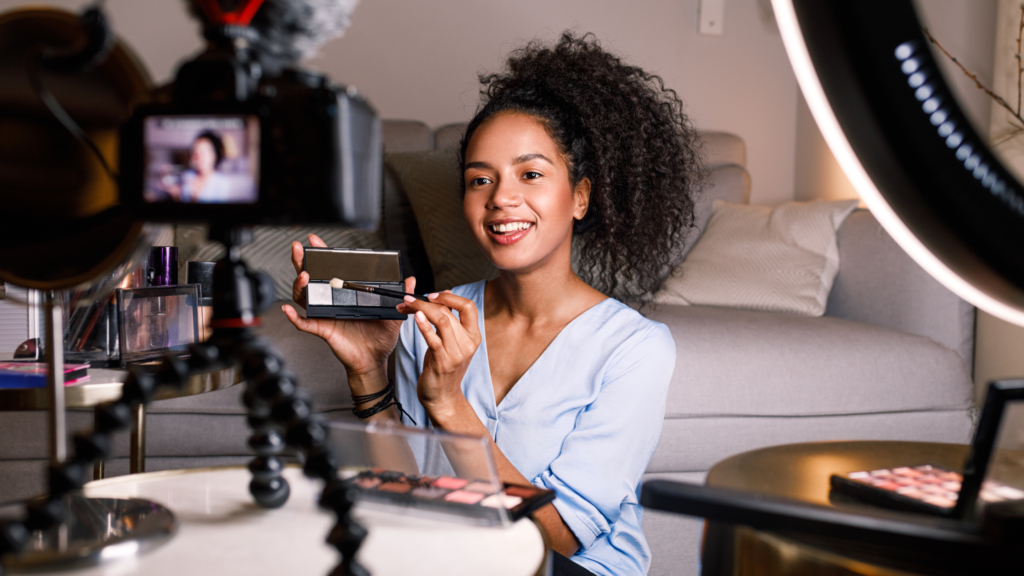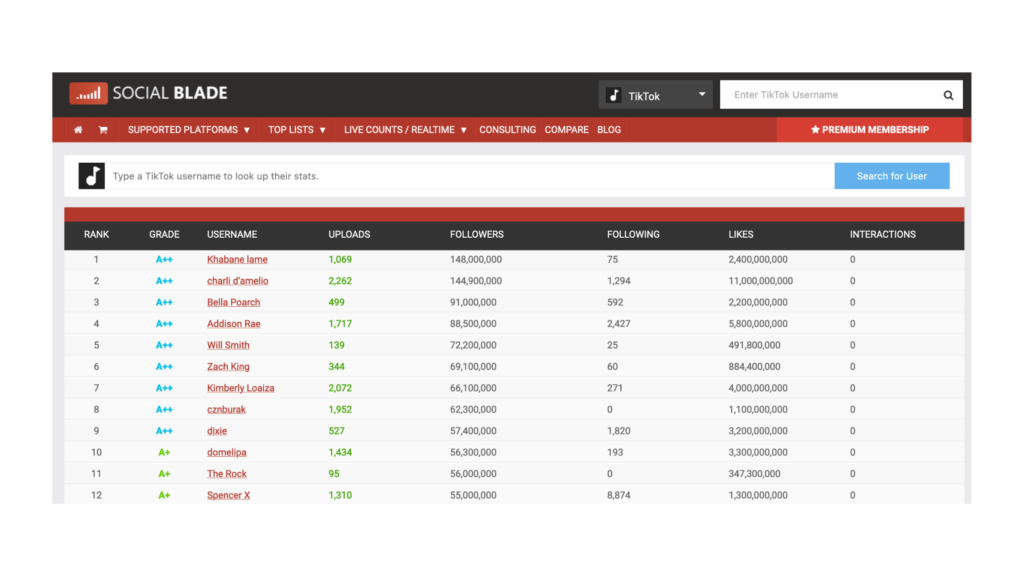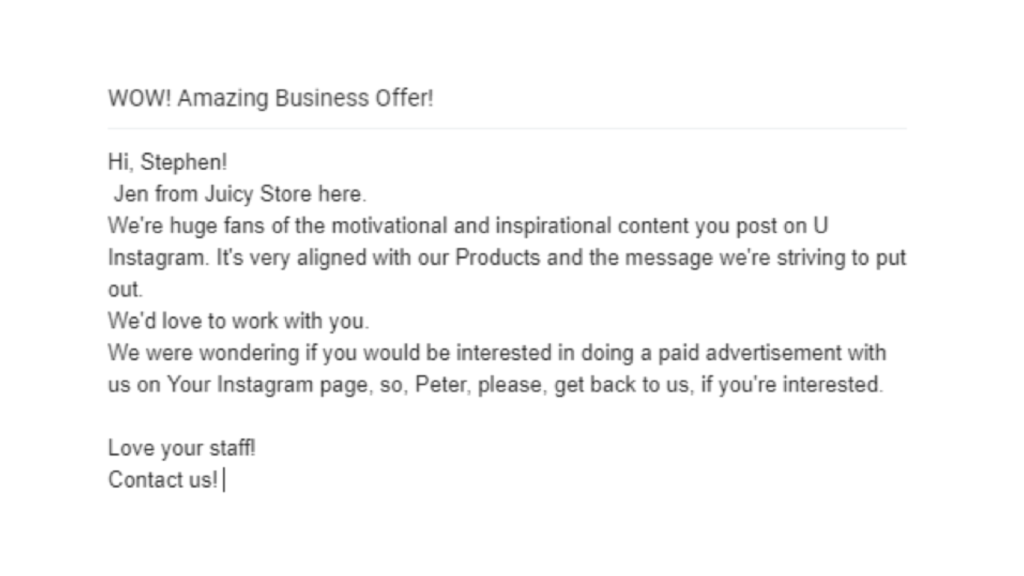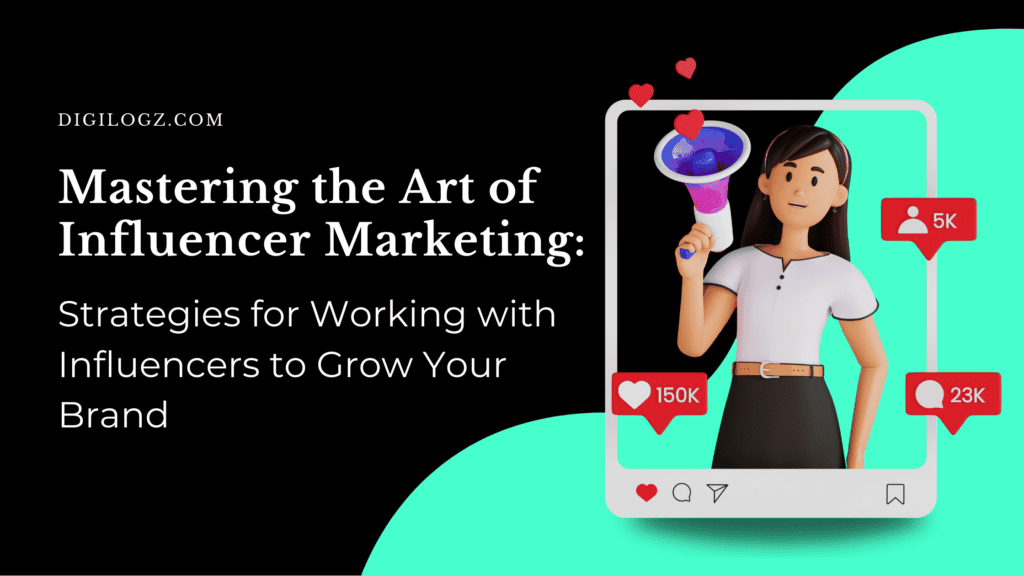In today’s digital landscape, influencer marketing has emerged as a powerful strategy for businesses to connect with their target audience, build brand awareness, and drive sales. Leveraging the influence and reach of social media influencers, businesses can amplify their brand message and reach new audiences in an authentic and engaging way. In this comprehensive guide, we’ll delve into the world of influencer marketing and provide actionable strategies for businesses to identify, approach, and collaborate with influencers effectively.
Understanding Influencer Marketing
Before diving into the strategies for working with influencers, it’s essential to understand the concept of influencer marketing and its role in today’s digital ecosystem. Influencer marketing involves partnering with individuals who have a significant following and influence on social media platforms to promote products or services. These influencers, often categorized by their niche, audience demographics, and engagement rates, have built a loyal and engaged following that trusts their recommendations and opinions.

Table 1: Factors for Identifying Influencers
| Factor | Description |
|---|---|
| Relevance | Ensure the influencer’s content and audience align with your brand’s values and target demographic |
| Reach & Engagement | Evaluate the influencer’s following size and engagement rates on social media platforms |
| Authenticity | Choose influencers whose content and values align authentically with your brand’s messaging |
| Reputation | Research the influencer’s credibility, track record, and reputation within their industry |
Why Influencer Marketing Works
Influencer marketing works because it taps into the power of social proof and word-of-mouth recommendations. When consumers see influencers authentically endorsing a product or service, they are more likely to trust and act on those recommendations. Influencers have built credibility and authority within their niche, making their endorsements highly influential and persuasive. Additionally, influencer marketing allows businesses to reach highly targeted audiences and drive conversions more effectively than traditional advertising methods.
Identifying the Right Influencers for Your Brand
One of the most critical steps in mastering influencer marketing is identifying the right influencers to partner with. Here are some key factors to consider when evaluating potential influencers for your brand:
1. Relevance: Look for influencers whose content and audience align with your brand’s values, target demographic, and niche. Ensure that the influencer’s audience matches your target market to maximize the impact of your partnership.
2. Reach and Engagement: Evaluate the size of the influencer’s following and their engagement rates on social media platforms. While larger influencers may have a broader reach, micro-influencers with smaller followings often have higher engagement rates and more authentic relationships with their audience.
3. Authenticity: Choose influencers who align with your brand’s values and messaging authentically. Look for influencers who genuinely use and enjoy your products or services and whose content reflects their genuine experiences and opinions.
4. Reputation: Research the influencer’s reputation, credibility, and track record of working with other brands. Look for influencers who have a positive reputation within their industry and a history of producing high-quality content that resonates with their audience.

Table 2: Strategies for Approaching Influencers
| Strategy | Description |
|---|---|
| Personalize Outreach | Research the influencer and personalize your outreach message to show genuine interest |
| Offer Value | Provide influencers with compelling reasons to collaborate, such as exclusive access or compensation |
| Be Transparent | Be honest and transparent about your intentions, expectations, and compensation for the partnership |
| Foster Long-Term Relationships | Invest in building long-term relationships with influencers for ongoing collaborations |
Approaching Influencers and Building Relationships
Once you’ve identified potential influencers to partner with, the next step is to approach them and build a relationship. Here are some strategies for approaching influencers and establishing mutually beneficial partnerships:
1. Personalize Your Outreach: Take the time to research the influencer and personalize your outreach message. Show genuine interest in their content and explain why you believe they would be a great fit for your brand.
2. Offer Value: Provide influencers with compelling reasons to collaborate with your brand, such as exclusive access to products, behind-the-scenes experiences, or financial compensation. Highlight the benefits of partnering with your brand and how it aligns with their interests and audience.
3. Be Transparent and Authentic: Be transparent about your intentions and expectations for the partnership, including the scope of work, compensation, and deliverables. Authenticity is key to building trust with influencers, so be honest and transparent in your communications.
4. Foster Long-Term Relationships: Focus on building long-term relationships with influencers rather than one-off collaborations. Invest in nurturing relationships with influencers over time, providing ongoing support, and maintaining open communication channels.

Collaborating with Influencers Effectively
Once you’ve established relationships with influencers, it’s time to collaborate on content and campaigns. Here are some strategies for collaborating effectively with influencers to amplify your brand message and drive results:
1. Define Clear Objectives: Clearly define your objectives and goals for the influencer campaign, whether it’s increasing brand awareness, driving website traffic, or generating sales. Align your campaign objectives with the influencer’s strengths and audience interests.
2. Provide Creative Freedom: Trust influencers to create content that resonates with their audience while staying true to your brand’s messaging and guidelines. Provide influencers with creative freedom to showcase your products or services in a way that feels authentic and genuine to their audience.
3. Leverage Multiple Platforms: Explore opportunities to collaborate with influencers across multiple platforms, including Instagram, YouTube, TikTok, and blogs. Diversifying your influencer partnerships allows you to reach different audience segments and maximize your campaign’s impact.
4. Track and Measure Performance: Monitor the performance of your influencer campaigns closely and track key metrics such as reach, engagement, click-through rate, and conversion rate. Use analytics tools and tracking links to measure the effectiveness of your campaigns and optimize your strategy accordingly.
Table 3: Collaboration Strategies with Influencers
| Strategy | Description |
|---|---|
| Define Clear Objectives | Clearly define campaign objectives and goals, aligning with the influencer’s strengths and audience interests |
| Provide Creative Freedom | Trust influencers to create authentic content that resonates with their audience and reflects your brand |
| Leverage Multiple Platforms | Explore collaborations across various platforms to reach different audience segments effectively |
| Track and Measure Performance | Monitor campaign performance closely and optimize strategies based on key metrics and insights |
Real-World Examples of Successful Influencer Campaigns
To illustrate the effectiveness of influencer marketing, let’s explore some real-world examples of brands that have successfully collaborated with influencers to grow their brand:
1. Glossier: #GlossierRep Program
Glossier, a skincare and cosmetics brand, has built a devoted community of brand ambassadors through its #GlossierRep program. The program invites influencers and loyal customers to become brand ambassadors and share their favorite Glossier products with their followers. By leveraging the influence of their brand ambassadors, Glossier has been able to amplify its brand message and drive sales.
2. Daniel Wellington: #DWinNYC
Watch brand Daniel Wellington partnered with influencers to launch its #DWinNYC campaign, which showcased the brand’s iconic watches in the bustling streets of New York City. Influencers were invited to share photos and videos of themselves wearing Daniel Wellington watches in iconic NYC locations, generating buzz and excitement around the brand.
3. Gymshark: #Gymshark66 Challenge
Fitness apparel brand Gymshark launched its #Gymshark66 challenge in partnership with fitness influencers and athletes. The challenge encouraged participants to set fitness goals and document their progress over 66 days, sharing their journey on social media using the hashtag #Gymshark66. The campaign not only engaged Gymshark’s existing audience but also attracted new customers and drove sales.
Table 4: Real-World Examples of Successful Influencer Campaigns
| Brand | Campaign Name | Description |
|---|---|---|
| Glossier | #GlossierRep Program | Employs brand ambassadors to share their favorite Glossier products with their followers, driving brand advocacy |
| Daniel Wellington | #DWinNYC | Partners with influencers to showcase its watches in iconic NYC locations, generating buzz and excitement |
| Gymshark | #Gymshark66 Challenge | Launches a fitness challenge in collaboration with influencers and athletes, engaging audiences and driving sales |
Measuring the Impact of Influencer Marketing
Measuring the impact of influencer marketing is essential for evaluating the success of your campaigns and optimizing your strategy. Here are some key metrics to consider when measuring the impact of influencer marketing:
- Reach: Measure the reach and visibility of your influencer campaigns by tracking metrics such as impressions, views, and followers gained.
- Engagement: Monitor engagement metrics such as likes, comments, shares, and saves to gauge the level of interaction and interest generated by your influencer content.
- Conversions: Track conversion metrics such as website visits, sign-ups, or purchases attributed to your influencer campaigns to measure their impact on driving sales and conversions.
- Brand Sentiment: Assess the overall sentiment and perception of your brand among your target audience as influenced by influencer marketing efforts.
Influencer marketing presents a unique opportunity for businesses to connect with their target audience, build credibility, and drive sales. By understanding the fundamentals of influencer marketing and implementing effective strategies for identifying, approaching, and collaborating with influencers, businesses can amplify their brand message, reach new audiences, and achieve their marketing objectives. Whether you’re a small startup or an established brand, influencer marketing offers endless possibilities for growth and success in today’s competitive landscape. With careful planning, authentic relationships, and a focus on providing value to both influencers and audiences, mastering the art of influencer marketing can become a cornerstone of your brand’s success strategy.



